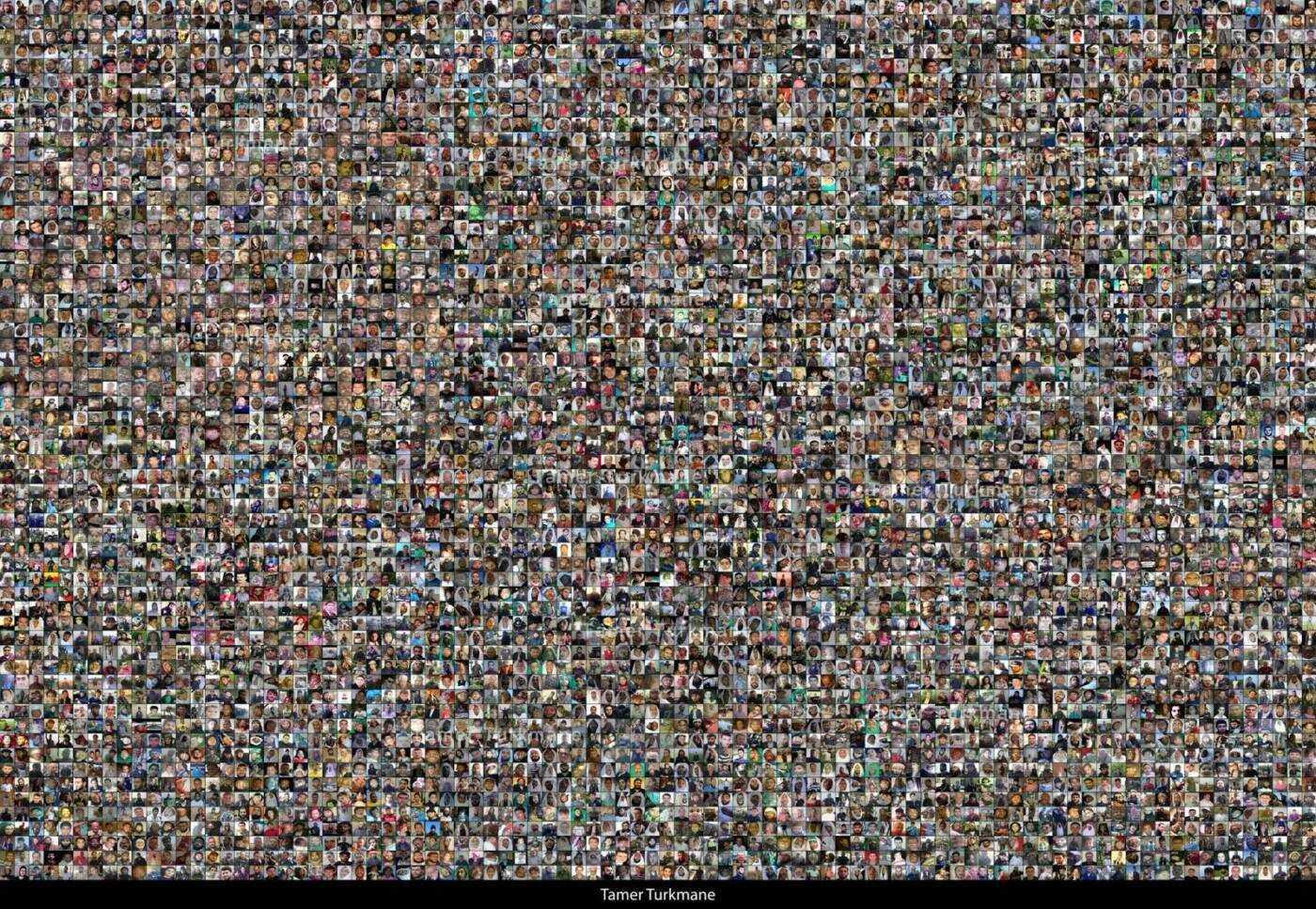Putting a face to Syria’s war dead: A photographer on a mission to document every casualty
For the past four years, Syrian photographer Tamer Turkmane has been […]
9 April 2018
For the past four years, Syrian photographer Tamer Turkmane has been working independently to collect the photographs and names of each individual killed as a result of the war in his country.
“I could not allow myself to remain silent, sitting on my hands as my people died,” Turkmane tells Syria Direct’s Mohammad Abdulssattar Ibrahim.
Working from Istanbul, Turkmane scours Syrian Facebook pages every day, collecting the names of those reported killed. He receives photographs primarily from family members of the dead, he says, and verifies the identity of each individual with field hospitals all over the country.
Turkmane says he has identified and collected the photographs of 185,000 people over the past four years. He does not plan to stop until his project includes every victim of the conflict.
According to the UN Special Envoy for Syria, more than 400,000 people have died in Syria since 2011.
Today, in addition to documenting new casualties, Turkmane is working to create an art installation in Turkey from his work, a massive mural displaying the names and faces of those killed in one image.
“I want to reach the whole world with these pictures,” he says. “My goal is to raise up the pictures of the martyrs in every country on earth and honor their names.”
Q: Where do you find the images for your project, and how do you verify them?
I depend on people, and especially the families of the victims, to send me the pictures. Every day, my [personal Facebook] page receives more than 100 messages with pictures and documents from families. I have around 450 followers from around Syria, including field hospital workers and civil defense volunteers.
After I receive the pictures, I immediately verify them by communicating with somebody from a field hospital who can confirm the identities.
Q: How do you choose whose pictures to include?
I do not differentiate between the victims in the pictures. I collect images of Syrians in all regions and of all ages, including men, women and children. [There are images of] people who were killed by airstrikes, chemical attacks and snipers, as well as those executed, burned or buried in their houses.
Q: What motivated you to take on this project? What is your goal?
I could not allow myself to remain silent, sitting on my hands as my people died. I began to record the martyrs in 2014.
I want the whole world to know that Syrian people are suffering a real tragedy. It goes far beyond the numbers on news bulletins. It is an urgent story to report the number of the dead, and through this project we are able to document the real number of people who have died.
My message to the international media is this: Look at those numbers that you publish, here they become real people with names and photographs.
I want to reach the whole world with these pictures, to send the message that we have suffered greatly as a people, and that we have a lot of potential. My goal is to raise up the pictures of the martyrs in every country on earth and honor their names.
A portion of the photos that Turkmane has collected over the years. Photo courtesy of Tamer Turkmane.
Q: Has working on the project taken a toll on you, psychologically or physically?
I work about 15 hours a day, combing through all the [local Syrian news, civil defense and activist] pages. I do this every day until I have a full casualty count. Each week, I complete a full inventory of all the pages, and record the martyrs of the week.
Certainly, there are huge mental effects. I’m a human like anyone else. The difference is that, while anyone can look at 50 pages, turn the page and go live his life so he does not wear himself out, I keep going. I see each and every one of these pictures. I investigate them, examine them.
I had laser eye surgery because my eyes began to have major issues after spending four years in front of a screen, following [events], writing, taking inventory, keeping count and recording.
Q: What are the difficulties and the disappointments you face in carrying out this project?
The main thing I struggle with is the lack of attention paid by the opposition and its political institutions—no one has even tried to write a thing about my project. People can be frustrating and make me feel like my work is worthless.
Honestly, at times, I feel as though I have failed. But I decided a long time ago that I would remain strong whenever someone spoke with me in this way or tried to push me towards failure.
Q: Working full-time on this project, how do you provide for yourself?
I am not part of any organization, nor of any official or unofficial party. I work on a volunteer, humanitarian basis. I am giving all my time to this project. I am financially supported by a good Samaritan who helps me on a monthly basis so that I continue my record-keeping work. I have almost no free time: two or three days a month.









